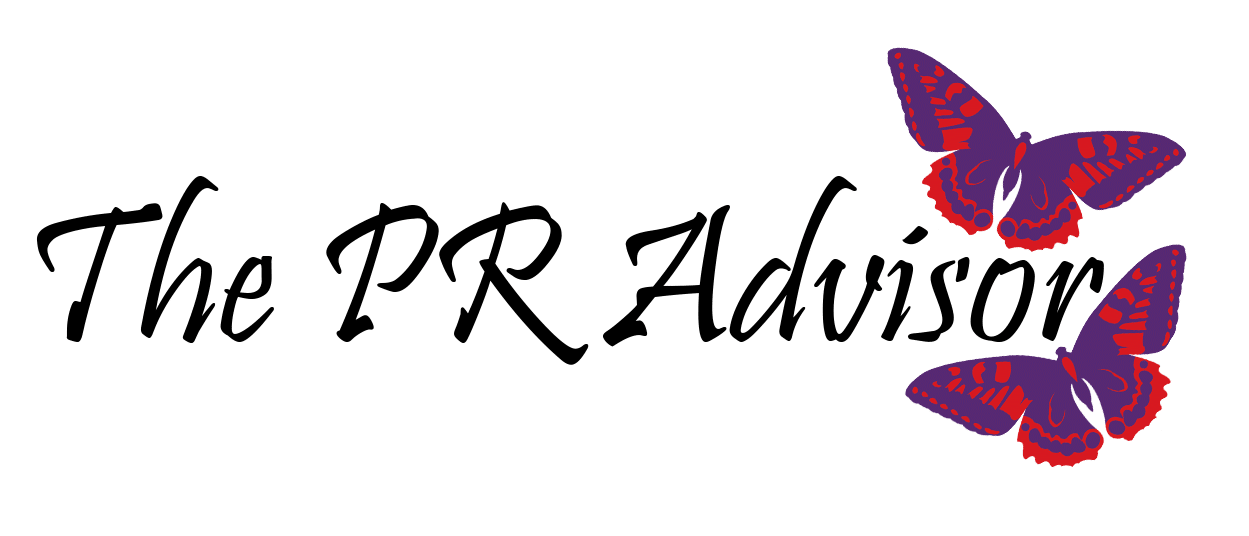Fashion Industry Survey 2024: Navigating Through Uncertainty and Innovation
2024 stands poised on the cusp of transformation and challenge, according to insights from the BoF-McKinsey State of Fashion 2024 Executive Survey. I’ve distilled the essence of this fashion industry survey in the first of my 14-part series looking into what the fashion industry has to look forward to in 2024. Read on to discover the key trends, regional variations, and strategic priorities shaping executive decision making for the fashion industry in 2024.
The Dichotomy of Optimism and Apprehension
The fashion industry forecast for 2024 is a year marked by a dichotomy of hope and trepidation among fashion industry executives. While a quarter of the fashion industry survey’s respondents harbor optimism for improved conditions, a larger segment braces for a challenging environment. This split in sentiment is the most significant since the survey’s inception, underscoring a year fraught with unpredictability.
Geopolitical Instability and Economic Volatility
The industry’s gaze is firmly fixed on the unfolding geopolitical landscape. Over 60% of the executives in this fashion industry survey cited geopolitical instability as a critical risk to growth, with economic volatility trailing closely behind. These concerns are heightened by events like the Israel-Hamas conflict, which further compound the uncertainty, potentially impacting the global economy and, by extension, the fashion sector.
A Shift in Inflationary Worries
In a surprising turn, concerns over inflation, which had previously soared, appear to be diminishing. This suggests a growing confidence in central bank policies’ efficacy, a sentiment that reflects a cautious but notable shift in economic outlook.
Non-Luxury Segment: Steady Yet Restrained
The non-luxury segment is predicted to maintain a steady growth trajectory, albeit with regional disparities, concludes executive from this fashion industry survey. Europe and the US exhibit modest expectations, influenced by consumer confidence and economic factors. China, on the other hand, despite its relative weakness compared to historical growth rates, is projected to outperform both regions, buoyed by factors such as a burgeoning middle class and government initiatives promoting healthier lifestyles.
The Luxury Domain: Cautious Growth
Luxury retail sales are expected to slow down, with consumers pulling back on post-pandemic splurges. This restraint in spending will likely be offset by factors such as increased tourism and new store openings, particularly in Europe with events like the Paris Olympic and Paralympic Games serving as catalysts.
Emerging Markets: The New Frontier
In a quest for growth, executives are turning their sights towards emerging markets. The Middle East, India, and the Asia Pacific region emerge as the most promising, in stark contrast to the more tepid outlooks for North America and Western Europe.
Strategic Imperatives: Pricing and Promotion
As volume growth prospects weaken, the industry’s focus sharpens on pricing strategies and sales enhancement. A significant segment of executives disclosed in the fashion industry survey their plans to raise prices, adopting a nuanced approach that balances customer retention with revenue growth.
Sustainability and AI: The Pinnacle of Strategy
Sustainability and artificial intelligence, particularly generative AI, stand at the forefront of strategic priorities. These elements not only represent the industry’s adaptation to global challenges but also its commitment to innovation and future-proofing.
Consumer Preferences: Focused and Discerning
Consumers are expected to gravitate towards trusted categories like hard luxury goods and leather products, seeking value and longevity in their purchases. This trend underscores the importance of brand differentiation and storytelling in capturing consumer loyalty.
The Road Ahead: Boldness in Leadership
The fashion industry of 2024 demands bold and decisive leadership is the overall conclusion from this fashion industry survey. In the face of macroeconomic challenges, industry leaders are called upon to navigate these complex waters, making strategic decisions that will define the future of fashion.
KEY TAKEAWAYS FOR THE FASHION INDUSTRY SURVEY
- Persistent Uncertainty in Fashion Leadership: Fashion executives are facing a turbulent 2024, with geopolitical events, weakened economies, and high interest rates causing concern, reflecting a split in expectations for the year ahead.
- Regional Variations in Growth: While overall growth in luxury and non-luxury segments is expected to be modest, regional and country variations will play a significant role in shaping the industry’s performance.
- Diminishing Inflation Concerns: A notable shift in executive sentiment indicates a decrease in inflation concerns, suggesting the effectiveness of central bank policies.
- Non-Luxury Market Stability: Predictions for non-luxury retail sales growth remain steady, though with significant regional differences influenced by consumer confidence, economic factors, and inflation.
- Luxury Market’s Cautious Optimism: The luxury segment is expected to experience a slowdown in growth, influenced by consumer spending patterns and regional dynamics, including tourism and store openings.
- Growth Opportunities in Emerging Markets: The Middle East, India, and Asia Pacific emerge as promising markets, while Western Europe shows a negative outlook.
- Strategic Emphasis on Sales and Pricing: Executives are prioritizing sales increase and pricing strategies, with a significant focus on precision and careful tailoring to drive growth.
- Sustainability and AI as Top Agendas: Sustainability and generative AI are high on the executive agenda, indicating a shift towards more eco-conscious and technologically innovative practices.
- Consumer Focus on Trusted Categories: Discretionary spending is likely to concentrate on hard luxury goods and leather products, emphasizing the importance of brand differentiation and storytelling.
- Need for Bold Decision-Making: In the face of economic challenges, fashion leaders are encouraged to make decisive moves to capture growth opportunities.



 LilianRajiLLC
LilianRajiLLC LilianRajiLLC
LilianRajiLLC
